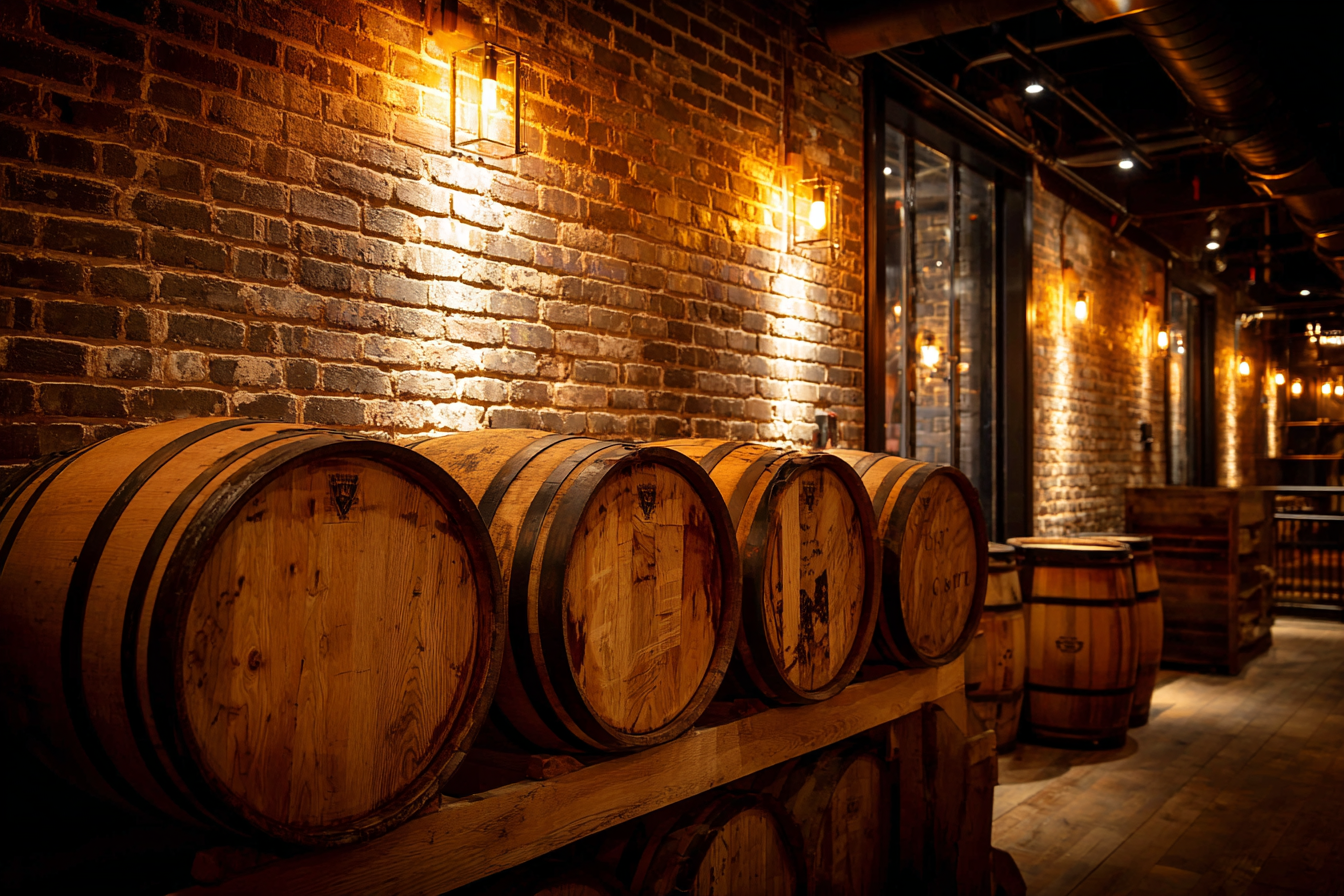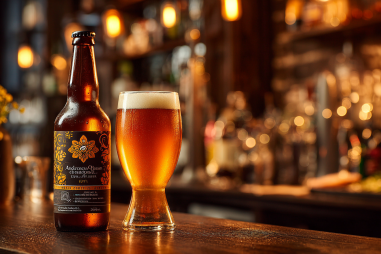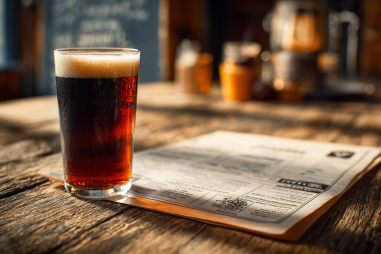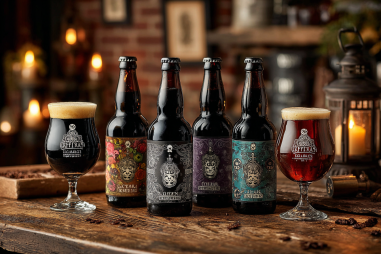Oak barrels have been an integral part of aging beverages for centuries, playing a vital role in developing complex aromas and flavors. When it comes to beer, aging in oak barrels elevates the craft by adding depth, character, and richness that are hard to replicate through other means. Whether you’re a homebrewer or simply a beer enthusiast, understanding how oak barrel aging works can open up a new world of sensory experiences.
Why Oak Barrels Are Popular for Beer Aging
Oak barrels are the preferred choice for aging beer because of their unique combination of porousness, flavor contribution, and durability. Oak wood allows a slow, controlled exchange of oxygen with the beer inside, which encourages subtle oxidation and maturation without spoiling the beer. This controlled oxidation helps to soften harsh flavors and develop new, complex ones over time.
Additionally, oak imparts desirable compounds such as tannins, vanillin, and lactones, which contribute to the beer’s aroma and taste in ways stainless steel or glass simply cannot. The barrels also encourage the growth and development of beneficial microorganisms, such as wild yeasts and bacteria, which are crucial for sour and wild beer styles. The long-standing tradition of using oak barrels has made them synonymous with premium, antiquated, and artisan beer creation.
Types of Oak Used for Barrels and Their Flavor Profiles
There are several types of oak used in barrel making, each bringing slight differences in flavor profiles to the beer they age:
- American White Oak (Quercus alba): Known for imparting bold flavors like vanilla, coconut, and sweet spice. It has a tighter grain, which allows moderate oxygenation and is widely used for bourbon barrels and increasingly for beer.
- European Oak (Quercus robur and Quercus petraea): These oaks tend to provide more tannic, leathery, and smoky flavors. They have a more open grain than American oak, thus allowing more oxygen transfer, which is ideal for certain beer styles requiring extended maturation.
- Hungarian Oak: Sharing similar qualities with European oak but often considered more affordable; it offers a balanced oak influence with a hint of spice and mild tannins.
Each type’s unique chemical makeup influences the extraction of flavors and aromas, providing brewers options tailored to the style and flavor goals of their beer.
Barrel Preparation and Maintenance
Before filling barrels with beer, proper preparation is essential to ensure optimal flavor development and prevent contamination. New barrels often undergo toasting or charring inside, which activates the wood’s flavor components and helps sanitize it.
For used barrels, whether previously holding wine, whiskey, or beer, thorough cleaning is necessary to avoid unpleasant off-flavors. This process can include rinsing with hot water, steaming, or using specialized barrel cleaning solutions. Maintaining barrels often involves periodically topping them off or sulfur treatments to prevent microbial spoilage.
Typically, barrels are stored in a temperature- and humidity-controlled cellar to maintain their structural integrity and create a stable aging environment.
Aging Techniques: Filling, Racking, and Aging Environment
Aging beer in oak barrels involves several steps and careful attention to technique. First, the barrel is filled with beer, typically after the primary fermentation has been completed. Some brewers may choose to add specific yeast strains or bacteria to encourage secondary fermentation or souring inside the barrel.
Racking, or transferring beer from one barrel to another or from barrel to bottles, is another critical step. This process helps clarify the beer by leaving sediment behind and can also be utilized to blend beers for complexity.
The aging environment profoundly influences the beer’s development. Ideal cellars maintain cool temperatures (around 50-60°F or 10-15°C) with moderate humidity to prevent barrel drying and excessive evaporation. Variations in temperature and humidity can accelerate aging but may also increase risks of spoilage or off-flavors.
Typical Beer Styles Aged in Oak Barrels
Oak barrel aging suits certain beer styles more than others. Here are common types that benefit most from this technique:
- Sour and Wild Ales: Lambics, Berliner Weisse, Gueuze, and American wild ales often rely on the barrel’s microorganisms to develop their tart and funky profiles.
- Barleywines and Strong Ales: These full-bodied, high-alcohol beers develop rich, complex sweetness and mellow tannins from barrel aging.
- Imperial Stouts: Deep, roasty stouts aged in bourbon or whiskey barrels gain layers of smokiness, vanilla, and oak character that complement the malt profile.
- Belgian Dubbels and Tripels: Barrel aging can add spicy, woody notes and subtle oxidative qualities, enhancing their complexity.
Flavor Compounds Extracted from Oak During Aging
Oak barrels impart several key flavor compounds to beer through their wood structure, toasting level, and previous usage:
- Tannins: These provide astringency and structure, balancing sweetness and adding complexity.
- Vanillin: Responsible for sweet vanilla aromas often associated with oak aging.
- Lactones: Coconut-like aromas particularly prominent in American oak.
- Phenolic compounds: Contribute smoky, spicy, or leathery notes.
- Wood sugars: When charred or toasted, the breakdown of wood carbohydrates imparts caramelized or toffee flavors.
- Residual flavors: If barrels previously held wine, whiskey, or other spirits, subtle influences from those beverages may also meld with the beer’s profile.
How Aging Time Affects Beer Characteristics
The length of time beer spends aging in oak barrels plays a significant role in its final character. Short aging periods (a few months) tend to provide light oak influence and gentle maturation effects. Longer maturation (6 to 24 months or more) encourages stronger oak flavors, deeper oxidation, and enhanced complexity.
During extended aging, the beer’s bitterness usually softens, malt flavors become richer, and fermentation byproducts often mellow. Additionally, complex fermentation and microbial activity continue to evolve, especially in sour and wild ales, resulting in profound flavor transformations over time.
However, aging too long can risk dryness, excessive oxidation, or harsh tannins, so monitoring is essential to achieve the perfect balance.
Common Challenges and How to Address Them
While oak barrel aging is highly rewarding, it also introduces challenges that brewers must thoughtfully manage:
- Contamination risks: Barrels can harbor unwanted bacteria or wild yeast if not properly cleaned and maintained. Rigorous sanitation and monitoring help minimize this.
- Oxidation: Excess oxygen exchange beyond an ideal rate can cause the beer to develop stale or cardboard-like flavors. Proper barrel selection and storage conditions reduce this issue.
- Evaporation and loss: The “angel’s share” – loss of volume due to evaporation – can be significant during long aging, requiring topping up or larger initial volumes.
- Inconsistent flavors: Variability between barrels or prior uses leads to batch inconsistency. Many brewers blend aged beer to create a more uniform final product.
- Cost and time investment: Barrel aging is resource-intensive, requiring patience and space. Small batch trials and controlled conditions help optimize results.
Elevate Your Brewing with Oak Barrel Aging
Oak barrels bring a timeless quality to beer production, offering a blend of tradition, craftsmanship, and unique flavor development. By understanding the types of oak, preparation methods, and aging techniques, brewers can masterfully enhance their beer’s complexity and character. Despite its challenges, the rewards of oak barrel aging—ranging from silky vanillin notes to intricate tannin structures and complex microbial transformations—underscore its enduring appeal in the world of craft beer.
Whether you’re exploring barrel-aging for the first time or looking to deepen your expertise, embracing oak barrel aging opens up a world of rich, nuanced beer experiences that celebrate both nature and creativity in brewing.







